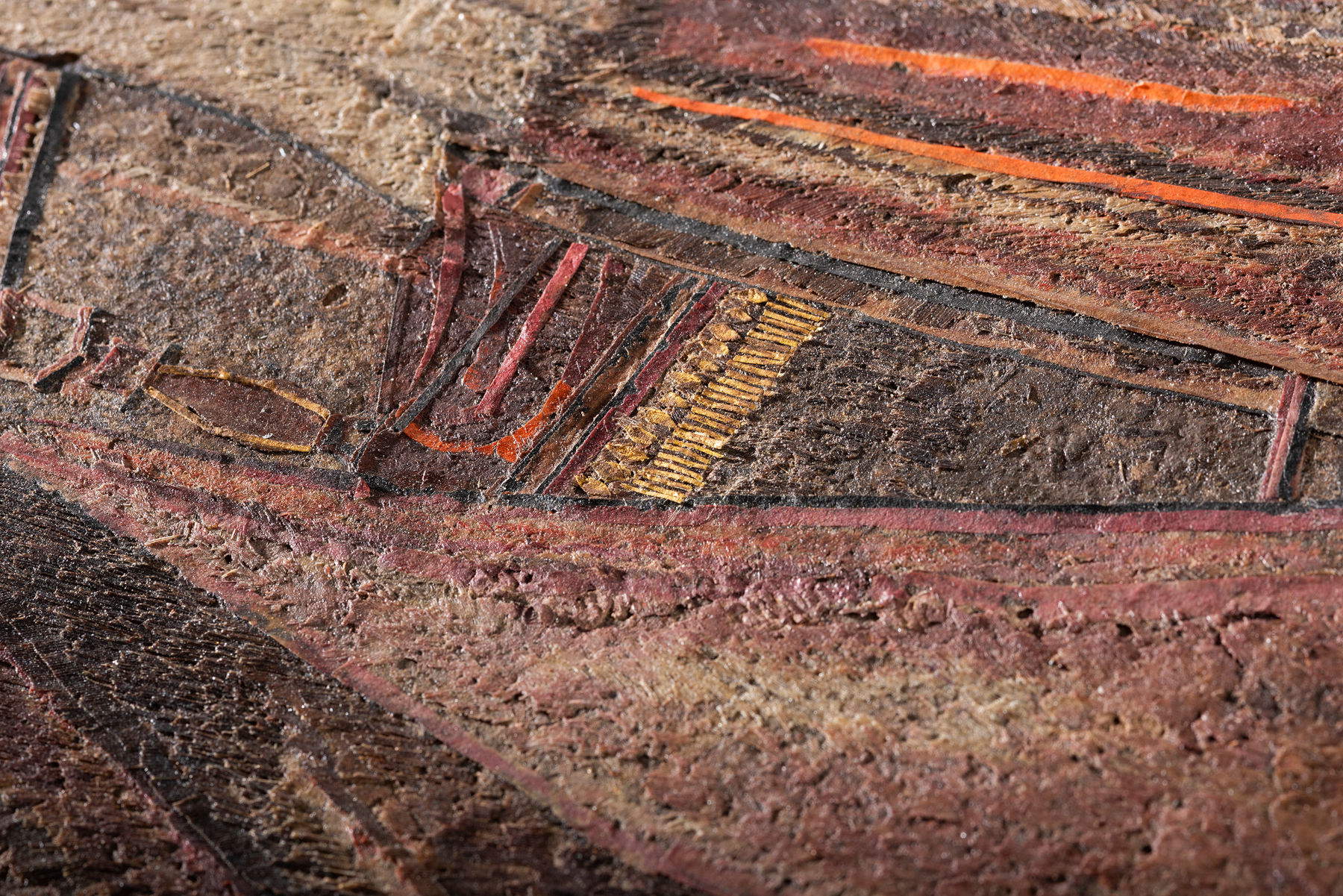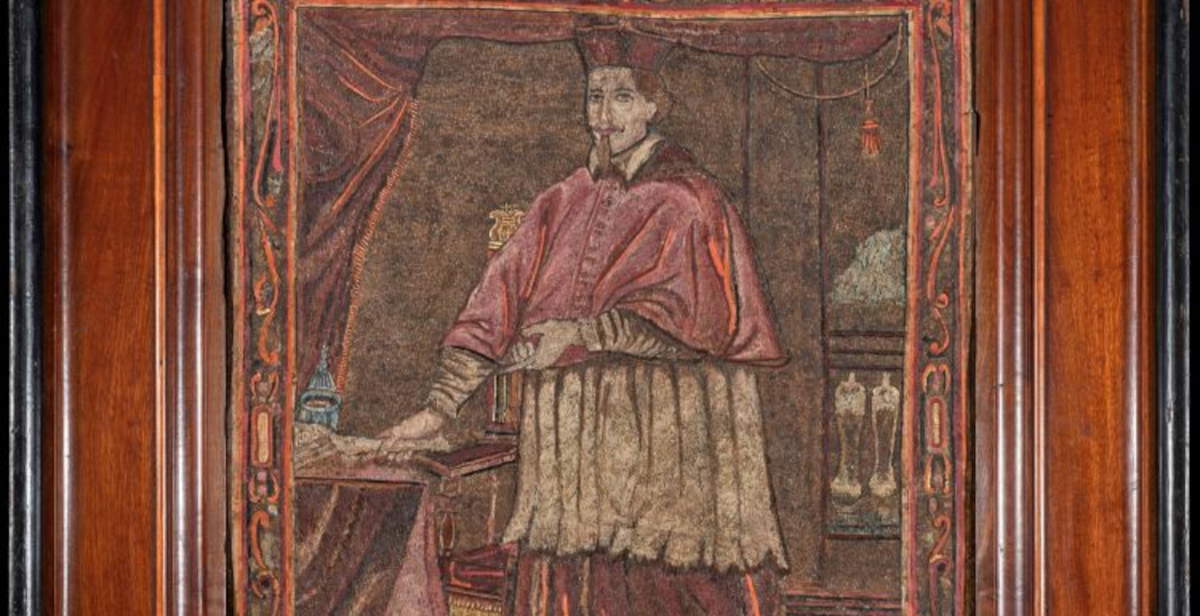A rare 17th-century feather mosaic joins the Permanent Collection of MUDEC in Milan. It is the Portrait of Cardinal Giulio Rospigliosi, a masterpiece of Mexican amanteca art and a new acquisition by the museum, which will be exhibited within the path Milano Globale. The World Seen fromHere, in the room dedicated to the Settala Collection. The work, attributed to an anonymous Mexican artist, depicts the future Pope Clement IX and represents an important enrichment for the Milanese collections. The acquisition is the result of a long search and a rigorous due diligence procedure regarding provenance, conducted in collaboration with the Mexican Embassy in Italy. The painting was made between the second half of the 1760s and the first half of the 1770s, in the artistic context of New Spain. It is an example of amanteca art, a fine technique of ancient pre-Hispanic origin that involved applying sheets ofpapel amatl to a copper plate, then covered with multicolored bird feathers.
In the colonial period, the pre-Hispanic artistic tradition was reinterpreted for the production of Catholic sacred images, often commissioned by ecclesiastical authority and used by missionaries as tools of evangelization. Many of these works were sent to Europe as gifts destined for popes, sovereigns and emperors, finding their place in the most celebrated collections of wonders of the Baroque world: among them, those of the Farnese, Chigi and Medici families, as well as the chamber of wonders of Jesuit Athanasius Kircher. Manfredo Settala, the Milanese collector to whom the MUDEC room is dedicated, also owned small-scale Amantech artifacts, which are now unfortunately lost.
“With this extraordinary acquisition, MUDEC confirms its vocation as a place of dialogue between cultures and research on the historical ties that unite Milan to the world,” comments Culture Councillor Tommaso Sacchi. “This work significantly enriches Milan’s civic heritage, strengthening the museum’s role as a space for knowledge, inclusion and reflection on the global history of the arts.”


Portraits of this type, especially large ones, are extremely rare and required months of work. TheReportraitof Cardinal Giulio Rospigliosi can be related to another related work, the Portrait of Pope Alexander VII Chigi, datable around 1665-1666 and already exhibited on loan to MUDEC on the occasion of the opening of the Milano Globale itinerary. The World Seen from Here in 2021. The identification of the person portrayed was possible thanks to a comparison with a 1656 painting by Giovanni Maria Morandi, preserved in Palazzo Barberini in Rome, which has the same iconographic details and may have provided the model for the Mexican work. Giulio Rospigliosi (Pistoia, 1600 - Rome, 1669), was apostolic nuncio to Spain between 1644 and 1653 and later Cardinal Secretary of State under Alexander VII, whose successor he would become as Pope Clement IX. Given the close relationship between Rospigliosi and Alexander VII, it is believed that the cardinal’s portrait, like that of the pontiff, was also commissioned from the indigenous purépecha craftsmen of the Michoacán region of Mexico. Documents and correspondences from the period between Athanasius Kircher and his Mexican interlocutor Alejandro Favián confirm the existence of such commissions, which were intended to circulate among European elites as evidence of the meeting of cultures.
The work is of particular interest for its technical sophistication and historical value, as it testifies to the complex network of exchanges between Italy and Latin America in the seventeenth century, mediated by the Spanish crown and religious institutions. Indeed, feather mosaics represent one of the most important examples of artistic syncretism between the pre-Columbian and European worlds. In recent decades, such works have been the subject of renewed interest by international scholars and museums, committed to studying their techniques and enhancing their cultural function. Almost all of the surviving artifacts feature Christian subjects, while portraits remain exceptionally rare. To date, only two examples are known: the Portrait of Alexander VII and the Portrait of Cardinal Giulio Rospigliosi, now part of the MUDEC holdings.
 |
| A 17th-century feather mosaic enriches MUDEC's Permanent Collection |
Warning: the translation into English of the original Italian article was created using automatic tools. We undertake to review all articles, but we do not guarantee the total absence of inaccuracies in the translation due to the program. You can find the original by clicking on the ITA button. If you find any mistake,please contact us.